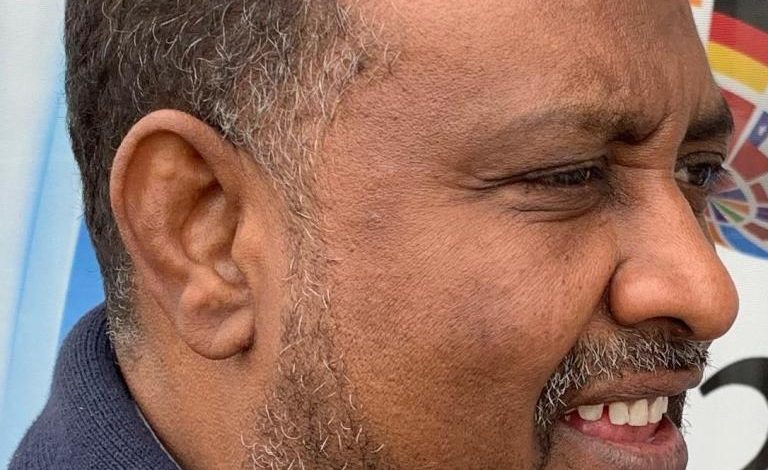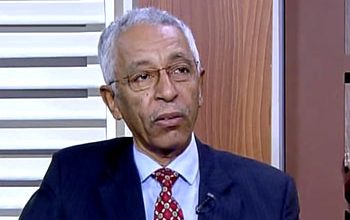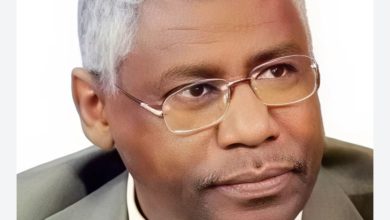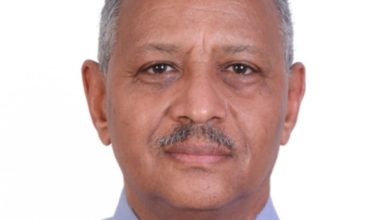India and Pakistan… Embers of Hatred Beneath Nuclear Ashes

By Abdulaziz Yaqoub
(1)
In South Asia, where geography resides at the edge of history and silence conceals the echoes of gunfire, tensions between India and Pakistan continue to flare—as if time has learned nothing since 1947. The spark of conflict does not return as an isolated incident, but as a symptom of deeper structures where politics is fused with the pain of faith. Religion becomes fuel in the hands of politicians and a tool in the grip of the wealthy and powerful, manipulated within schemes of domination to serve cross-border interests.
India, a nation founded on the promise of pluralism, is slowly leaning toward an aggressive Hindu nationalism that nearly redefines “Indian” to exclude anything Muslim. Since the rise of the Bharatiya Janata Party, the conversion of the Babri Mosque into a Hindu temple was not merely symbolic—it reflected a deeper desire to rewrite history with sectarian ink. At the heart of this shift, enmity toward Pakistan has grown into more than a border dispute; it is an external extension of an internal conflict with Islam itself.
Meanwhile, Pakistan—burdened by political and economic crises—clings to its historical role as the defender of Muslims and rival to India, a legacy born of Sykes-Picot lines and British fingerprints. The Pakistani narrative feeds on the tragedy of Kashmir and the persecution of Muslims in India, finding in their defense both a moral justification and a strategic rationale to reinforce its legitimacy and its perceived right to “holy struggle”—jihad.
(2)
Is religious conflict in India fuel for war? The answer is yes. While it may not be sufficient on its own to ignite war, it certainly keeps the fire warm and provides ideological cover and political legitimacy. In India, the notion is deeply embedded in electoral campaigns: an external enemy justifies internal militarization and reshapes national identity atop the ruins of mosques and Islamic history. In Pakistan, every time shells explode in Kashmir, religious rhetoric regains its gleam.
This is a war that begins not only at borders but in minds—in school curricula, in news bulletins, in the silence of the international community, in the threads of global conspiracy against nations, and in the sealed chambers of intelligence agencies.
Military Power Comparison: Who Has What?
Despite mutual deterrence, disparities remain:
1. Nuclear Arsenal: India possesses around 160 nuclear warheads, compared to Pakistan’s estimated 170–180. This slight numerical advantage does not offer Pakistan a decisive strategic edge.
2. Conventional Forces: India leads in numbers with 1.45 million active troops and 1.15 million reservists, compared to Pakistan’s 654,000 active personnel and 550,000 in reserve. However, developments along the Line of Control (LoC) in Kashmir have reduced the effectiveness of this numerical superiority due to fortified defenses.
3. Military Spending (2024):
India: $81 billion (4th largest military budget globally)
Pakistan: approximately $11 billion
(3)
Though the world views India and Pakistan as one people split in two, each side insists they are distinct nations—religiously, culturally, intellectually, and even in their ambitions. The future of escalation hinges on a struggle between “state rationality” and “nationalist madness.” When the guns speak, capitals fall silent. And when fighter jets take to the skies over Kashmir, all calls for reason disappear.
Still, all-out war between the two remains a nightmare feared by everyone. A single spark in South Asia could drag the world into a nuclear inferno that spares no one.
Conspiracy theories view this conflict as a gateway to a broader confrontation involving China—an enormous nuclear explosion that could reshape global demographics, fueled by rising fears that the Earth has grown too crowded and can no longer bear a single new breath—as if some presume the right to take on the burdens of God Himself.
In conclusion, the hopeful—though not the realistic—outcome is for both sides to step back from the brink and replace their insane arms race with a sincere dialogue that serves the interests of both peoples and the region. A dialogue not born of hollow peace treaties and pale, protocol smiles, nor driven by political opportunism, but one that springs from a conscience that honors human dignity—regardless of faith, language, or identity.



